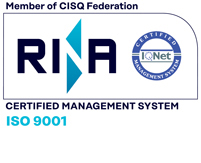Corea del Sud
PER CAPITA $50,000? COSMETICS INDUSTRY HOLDS THE ANSWER
South Korea’s cosmetics industry has grown into a global powerhouse, now ranking as the second largest in the world and even overtaking France. Once dismissed as a lightweight sector compared to semiconductors, cars, or shipbuilding, beauty products have proven capable of generating not only export revenue but also cultural influence. This success is rooted in a mix of scientific innovation, refined design, and the global appeal of Korean soft power, which has carried K-pop, drama, and lifestyle trends across continents. The rapid expansion of K-beauty demonstrates how industries tied to culture and consumer identity can become serious engines of economic growth. Unlike heavy industry, cosmetics require less capital investment yet yield high value-added returns, especially when combined with branding that resonates with global consumers. In this way, beauty exports illustrate a model of growth that relies as much on creativity and cultural capital as on manufacturing might. Rising demand for Korean cosmetics around the world signals a path for Korea to reach a per capita income of $50,000, a milestone associated with the world’s most advanced economies. Achieving this will not depend solely on traditional industrial exports but also on sectors that amplify Korea’s image and cultural prestige. Cosmetics, as part of this broader soft-power economy, stand out as a bridge between cultural influence and tangible wealth creation. To sustain momentum, stronger support from policymakers and investors is essential. Expanding production capacity, easing regulations, and backing innovation in the sector could accelerate its role in lifting national income. With the right backing, K-beauty—and the cultural industries it represents—can help secure Korea’s place among the world’s top-tier economies, turning soft power into hard economic results. (ICE SEOUL)
Fonte notizia: The Chosun Daily




